Anime Hub
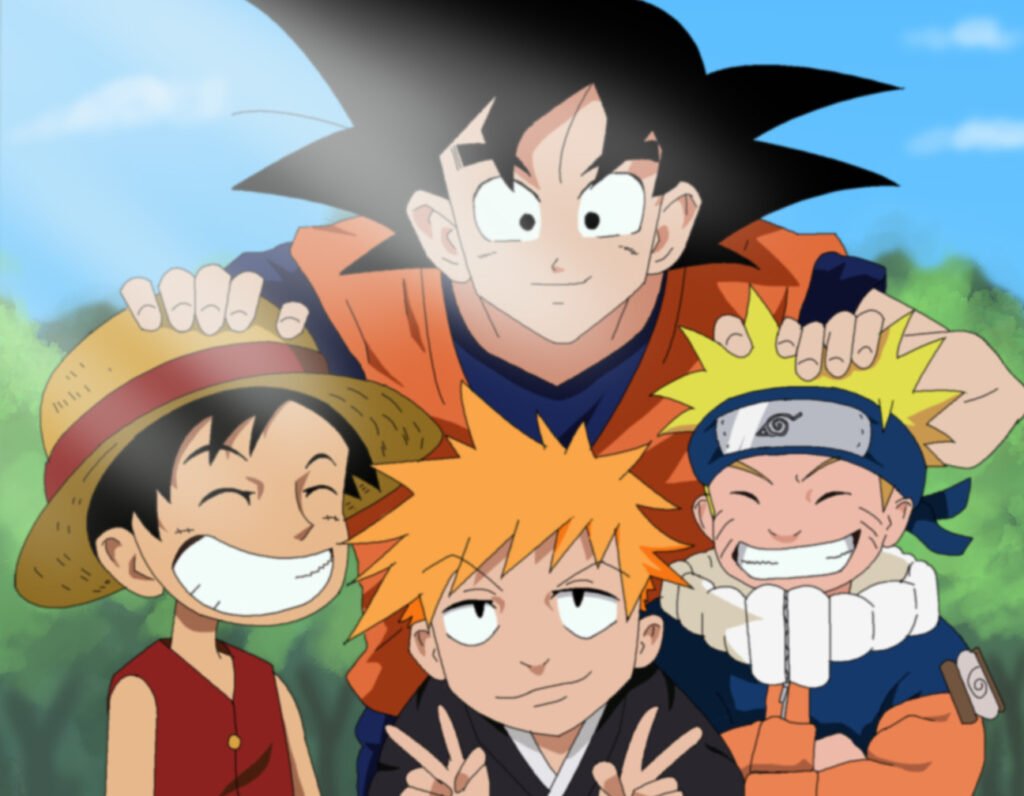
Anime, a distinctive form of animation originating from Japan, encompasses a wide array of genres and styles. It has evolved significantly since its inception, gaining immense popularity both in Japan and internationally. This guide explores the history, characteristics, and impact of anime, providing a detailed look at its development and cultural significance.
Anime
Terminology
Anime, short for “animation” in Japanese, refers to animated works from Japan. The term is derived from the English word “animation” and was first used in Japan during the post-war period. Key terms related to anime include:
- Manga: Japanese comic books or graphic novels, often adapted into anime.
- OVA (Original Video Animation): Anime released directly to video, not intended for TV broadcast.
- ONA (Original Net Animation): Anime specifically created for internet streaming.
Perception in Japan
In Japan, anime is a mainstream form of entertainment enjoyed by people of all ages. It is deeply integrated into Japanese culture, with anime series and films being widely recognized and appreciated. Unlike in some Western countries where animation is often viewed as children’s entertainment, anime in Japan spans a wide range of genres, appealing to both young and adult audiences.
Anime, a distinctive form of animation originating from Japan, encompasses a wide array of genres and styles. It has evolved significantly since its inception, gaining immense popularity both in Japan and internationally. This guide explores the history, characteristics, and impact of anime, providing a detailed look at its development and cultural significance.
Anime
Terminology
Anime, short for “animation” in Japanese, refers to animated works from Japan. The term is derived from the English word “animation” and was first used in Japan during the post-war period. Key terms related to anime include:
- Manga: Japanese comic books or graphic novels, often adapted into anime.
- OVA (Original Video Animation): Anime released directly to video, not intended for TV broadcast.
- ONA (Original Net Animation): Anime specifically created for internet streaming.
Perception in Japan
In Japan, anime is a mainstream form of entertainment enjoyed by people of all ages. It is deeply integrated into Japanese culture, with anime series and films being widely recognized and appreciated. Unlike in some Western countries where animation is often viewed as children’s entertainment, anime in Japan spans a wide range of genres, appealing to both young and adult audiences.
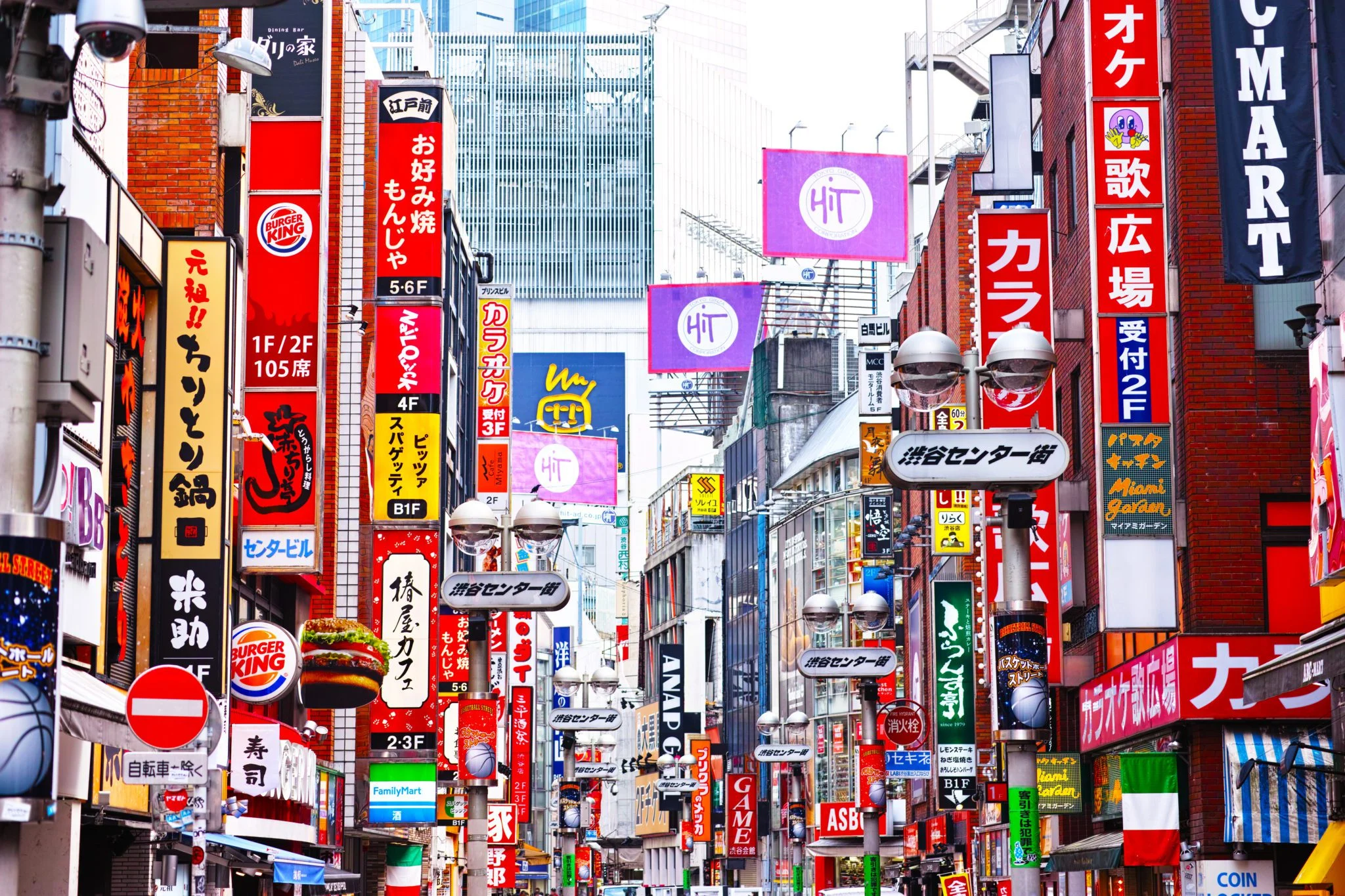
Presentation
Anime can be presented in various formats, including:
- TV Series: The most common format, ranging from episodic series to long-running sagas.
- Movies: Feature-length films released in theaters, often achieving critical and commercial success.
- OVAs: Direct-to-video productions that usually have higher quality animation due to more flexible production schedules and budgets.
- ONAs: Animations created specifically for online distribution, reflecting the growing influence of digital platforms.
Types of Anime
Glossary
Anime is categorized into several genres, each targeting different demographics and themes. Key genres include:
- Shonen: Targeted at young boys, featuring action and adventure (e.g., Naruto, Dragon Ball).
- Shojo: Aimed at young girls, focusing on romance and relationships (e.g., Sailor Moon, Cardcaptor Sakura).
- Seinen: Intended for adult men, often with more mature themes (e.g., Berserk, Ghost in the Shell).
- Josei: For adult women, highlighting realistic romance and drama (e.g., Nana, Paradise Kiss).
- Kodomo: Designed for children, featuring simple plots and moral lessons (e.g., Doraemon, Anpanman).
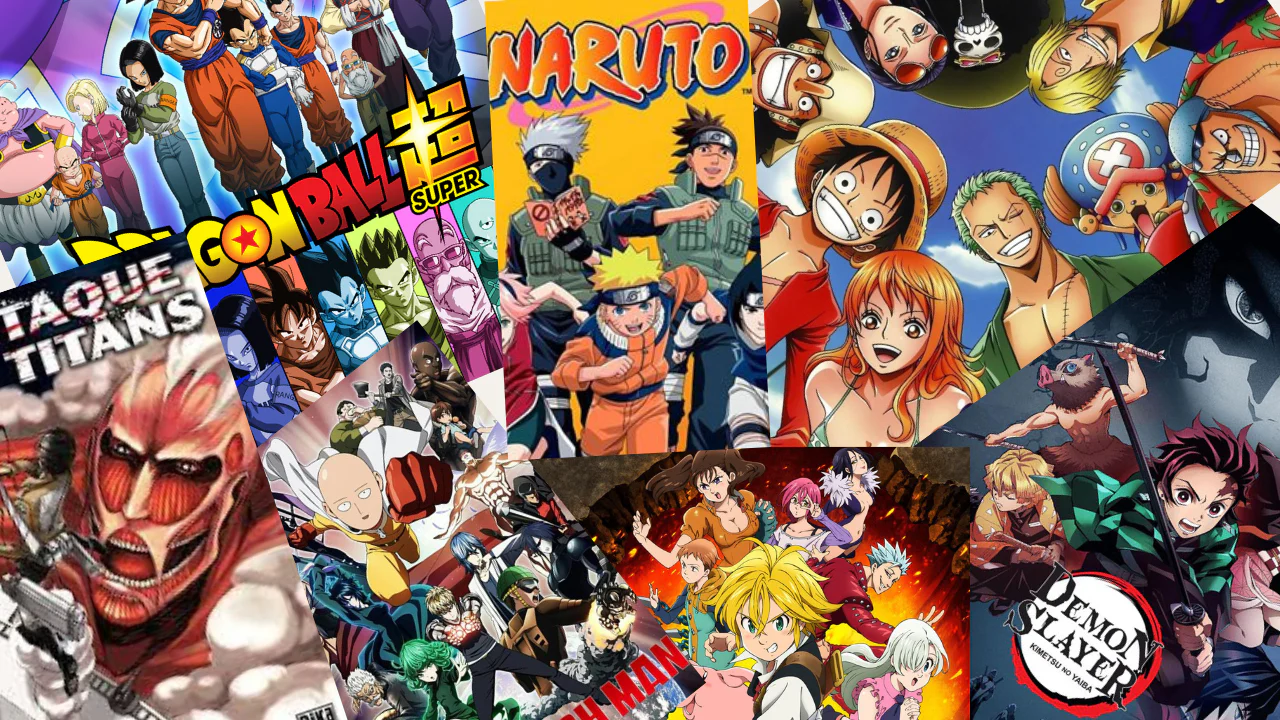
History
Anime’s history dates back to the early 20th century. The first known Japanese animations were produced in 1917. Over the decades, anime evolved through several key periods:
- 1960s: The emergence of TV series like Astro Boy, created by Osamu Tezuka, marked the beginning of modern anime.
- 1970s: The rise of mecha series like Mazinger Z and the introduction of space operas such as Space Battleship Yamato.
- 1980s: A golden age for anime, with classics like Akira, Nausicaä of the Valley of the Wind, and the establishment of Studio Ghibli.
- 1990s: Groundbreaking series like Neon Genesis Evangelion, Cowboy Bebop, and Ghost in the Shell explored complex themes and innovative storytelling techniques.
- 2000s: The proliferation of digital animation and the global reach of anime through internet streaming services.
Characteristics
Anime is known for its distinctive artistic style, often characterized by vibrant colors, exaggerated facial expressions, and dynamic action sequences. Common characteristics include:
- Expressive Characters: Large, detailed eyes and expressive facial features.
- Diverse Genres: Covering a wide range of genres from fantasy and science fiction to romance and horror.
- Cultural References: Incorporating elements of Japanese culture, mythology, and history.
- Narrative Depth: Complex storylines and character development, often exploring philosophical and moral questions.
Production
Uncredited Contributions
Anime production involves large teams of animators, writers, and voice actors. While main creators are credited, many contributors remain unrecognized despite their significant roles in bringing the anime to life. This often includes in-between animators, background artists, and lesser-known voice actors.
Adaptation
Japanimation
The term “Japanimation” was used outside Japan during the 1970s and 1980s to describe Japanese animation. Over time, the term fell out of favor, replaced simply by “anime.”
Arrival in Europe
Anime first gained popularity in Europe in the late 1970s and early 1980s. Series like Heidi, Girl of the Alps and UFO Robo Grendizer were among the first to capture European audiences.
In France
France has a particularly strong anime fanbase, with series like Dragon Ball Z and Saint Seiya becoming cultural phenomena. French broadcasters played a key role in introducing anime to European audiences, leading to widespread popularity and influence.
In China
Anime’s influence in China began with the broadcast of Astro Boy in the 1980s. The 2000s saw a significant increase in popularity, with many anime series being broadcast on Chinese television. However, due to regulations limiting the broadcast of foreign content, much of the anime viewing in China has shifted to online platforms.
Anime Editor

Anime editors play a crucial role in bringing Japanese animation to global audiences. They are responsible for selecting, translating, and sometimes even modifying anime content to suit different markets. Their work ensures that fans around the world can enjoy high-quality anime in their preferred languages and formats. This chapter explores some of the most influential anime editors and distributors in the industry, highlighting their contributions and impact.
Media Blasters
Media Blasters is a prominent American entertainment company that specializes in the distribution of anime and manga. Founded in 1997, the company has been instrumental in bringing numerous anime titles to North American audiences. Media Blasters is known for its commitment to preserving the original content while providing high-quality translations and dubs.
Anima (Animation)
Anima, also known as Animation, refers to the art and process of creating anime. This includes the various studios and production companies involved in the making of anime series and films. Anime editors work closely with these studios to acquire distribution rights and ensure that the content meets the standards and preferences of their target audiences.
Wakanim
Wakanim is a French streaming service that focuses on simulcasting anime series, providing fast and legal access to the latest episodes as they air in Japan. Founded in 2009, Wakanim has expanded its reach to various European countries, offering subtitles in multiple languages. The platform is known for its user-friendly interface and high-quality streams.
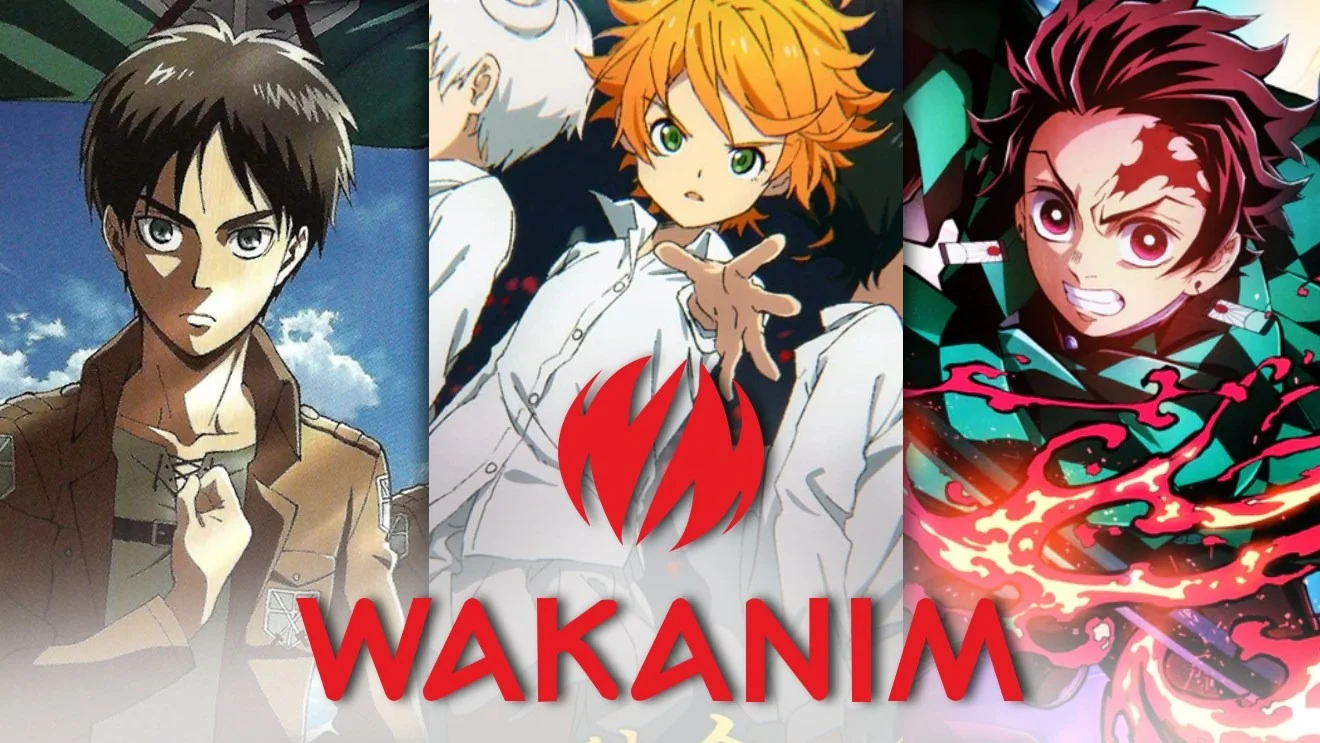
Streamline Pictures
Streamline Pictures was one of the pioneering companies in introducing anime to the Western market during the late 1980s and early 1990s. They were responsible for dubbing and distributing classic anime films like Akira and My Neighbor Totoro. Though the company ceased operations in the late 1990s, its impact on the anime industry remains significant.
Kazé
Kazé is a leading European anime distributor, particularly active in France and Germany. Founded in 1994, Kazé has a vast catalog of anime titles, including both classic and contemporary series. The company is known for its high-quality DVD and Blu-ray releases, as well as its role in organizing anime events and conventions.
The Walt Disney Studios
The Walt Disney Studios has played a significant role in bringing Studio Ghibli films to Western audiences. Through its distribution deal with Studio Ghibli, Disney has released critically acclaimed films such as Spirited Away, My Neighbor Totoro, and Howl’s Moving Castle in North America. Disney’s involvement has helped elevate the status of anime films in the global market.
Anime Network
Anime Network is a cable and online video-on-demand service that specializes in broadcasting anime. Launched in 2002, it offers a wide range of anime titles across various genres. The platform provides both dubbed and subtitled versions, catering to different audience preferences and enhancing the accessibility of anime.
Crunchyroll
Crunchyroll is one of the largest and most popular streaming services dedicated to anime and manga. Founded in 2006, Crunchyroll offers an extensive library of anime series and films, simulcasting episodes shortly after they air in Japan. The platform supports multiple languages and has a global reach, making it a go-to destination for anime fans worldwide.
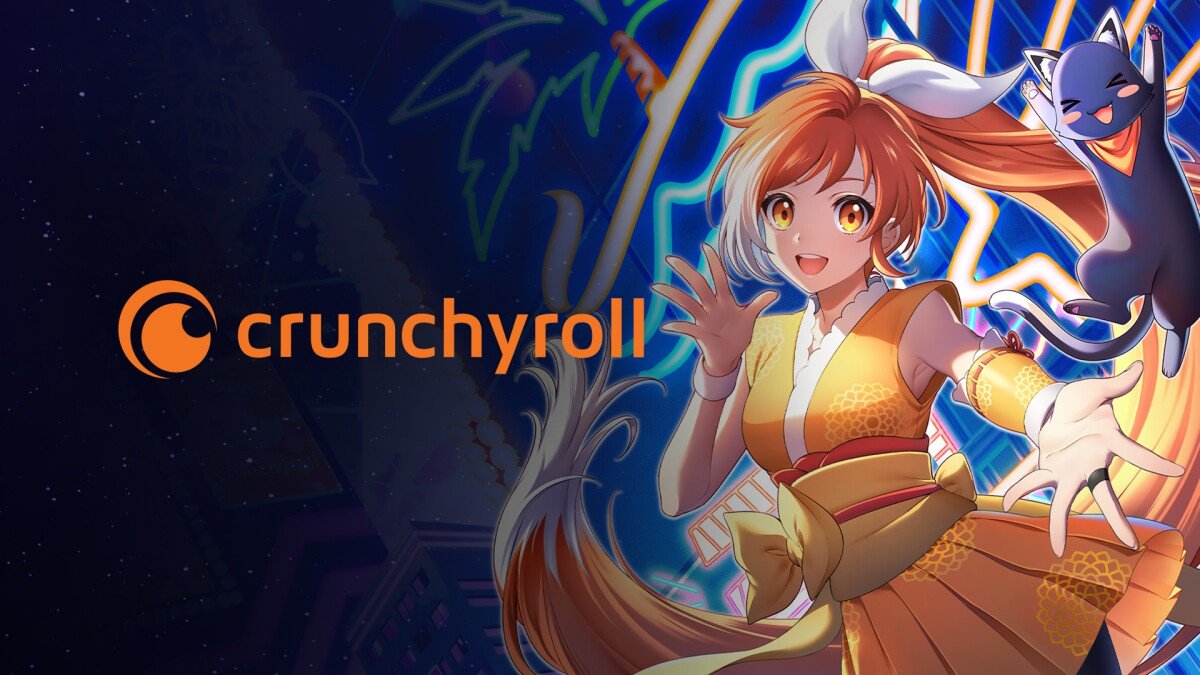
Manga Entertainment
Manga Entertainment is a UK-based company that has been a major player in the anime distribution industry since the early 1990s. Known for bringing iconic series like Ghost in the Shell and Naruto to Western audiences, Manga Entertainment has a reputation for high-quality releases and impactful marketing campaigns.
Funimation
Funimation is another key player in the anime distribution industry, particularly in North America. Founded in 1994, Funimation is best known for its work on the Dragon Ball series. The company offers both streaming services and physical media, providing a wide range of anime titles with professional dubs and subtitles.
Anime editors and distributors are essential to the global success of Japanese animation. Their efforts in acquiring, translating, and marketing anime content allow fans around the world to experience the magic of anime. From pioneering companies like Streamline Pictures to modern giants like Crunchyroll and Funimation, these entities continue to shape the anime landscape, ensuring that high-quality anime is accessible to diverse audiences.
Anime Characters
Anime is a rich landscape filled with diverse and compelling characters that often define the genres and themes of their respective series. These characters bring complex stories and emotions to life, each playing a significant role in shaping the anime they inhabit. In this section, we delve into some of the most iconic anime characters, highlighting their importance and the unique contributions they make to the world of anime.

Albator (Harlock)
From Space Pirate Captain Harlock, Albator is a charismatic space pirate who fights against tyranny. His rebellious spirit and strong sense of justice make him an iconic character.
Askeladd
A complex character from Vinland Saga, Askeladd is both a ruthless Viking and a man of deep loyalty and strategic brilliance. His actions and motivations drive much of the series’ intrigue.
Belldandy
From Ah! My Goddess, Belldandy is a kind and gentle goddess who descends to Earth. Her serene nature and romantic storyline have endeared her to fans.
Tetsuo Shima
A central figure in Akira, Tetsuo’s transformation from a delinquent to a powerful and tormented being is a critical aspect of the film’s exploration of power and corruption.
Naruto
The titular character of Naruto, Naruto Uzumaki, is a ninja with dreams of becoming the
strongest leader in his village. His journey from outcast to hero is filled with perseverance, friendship, and personal growth.
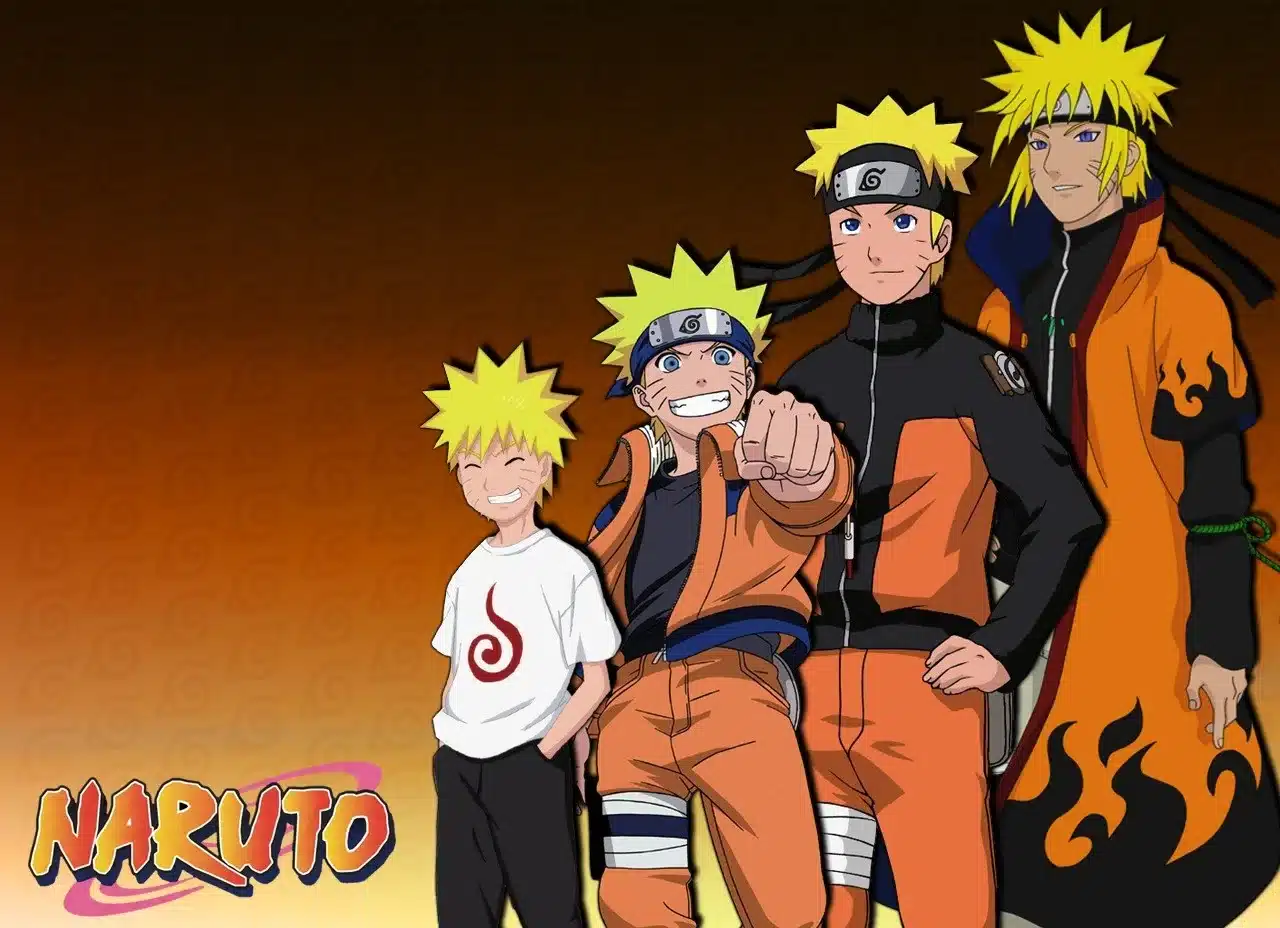
Emma (The Promised Neverland)
A bright and optimistic orphan from The Promised Neverland, Emma’s intelligence and bravery are crucial in her quest to uncover the dark secrets of her orphanage and protect her friends.
Izuku Midoriya
Known as Deku in My Hero Academia, Izuku is a Quirkless boy who inherits a powerful ability. His determination and growth as a hero inspire many, embodying the series’ themes of courage and perseverance.
Eren Jäger
The protagonist of Attack on Titan, Eren’s relentless drive to defeat the Titans and uncover the truth behind their existence forms the core of the series’ plot, exploring themes of freedom and sacrifice.
Kenzô Tenma
A brilliant neurosurgeon from Monster, Tenma’s moral dilemma and quest for justice against a former patient-turned-serial killer highlight themes of good and evil, creating a tense and psychological narrative.
Koro-sensei
From Assassination Classroom, Koro-sensei is a superpowered teacher who mentors a class of students tasked with assassinating him. His unconventional teaching methods and hidden past make him a fascinating and multifaceted character.
Luffy
The fearless captain of the Straw Hat Pirates in One Piece, Monkey D. Luffy, aims to become the Pirate King. His boundless optimism, sense of adventure, and strong bonds with his crew are central to his character.
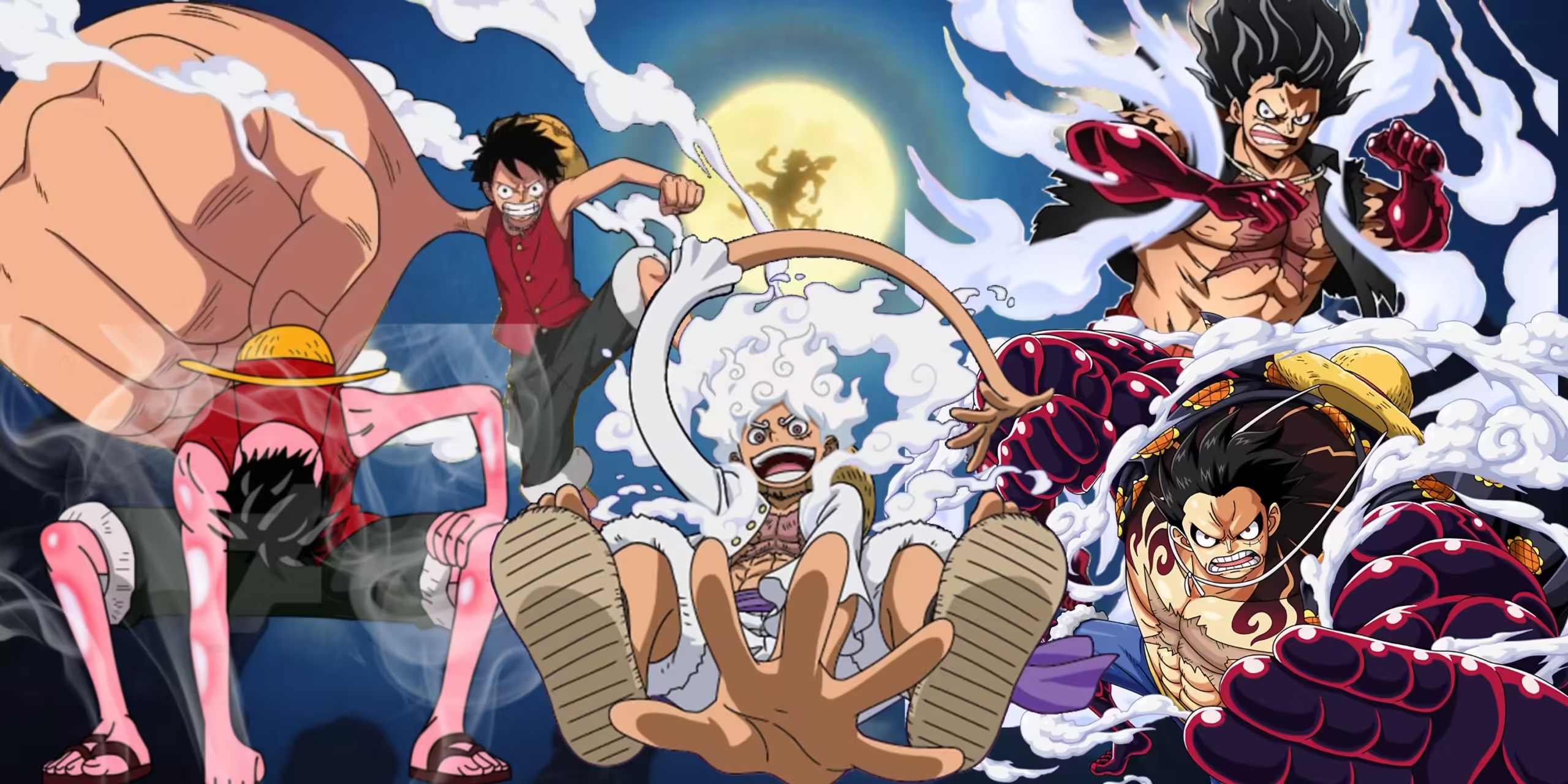
Nausicaä
The heroine of Nausicaä of the Valley of the Wind, Nausicaä is a compassionate and brave princess who fights to protect her valley and the natural world. Her empathy and leadership make her a beloved character.
Tsuchiura Ryotaro
From La Corda d’Oro, Tsuchiura is a talented pianist who supports and competes with the protagonist in a music competition. His character adds depth to the series’ exploration of musical talent and rivalry.
Son Goku
The protagonist of Dragon Ball, Son Goku is a Saiyan warrior known for his incredible strength and cheerful personality. His adventures and battles are central to the series, making him one of the most iconic anime characters.
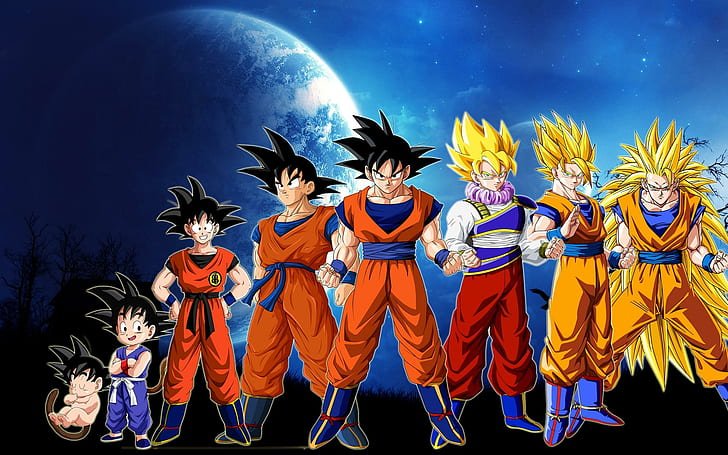
Susuwatari
Also known as Soot Sprites, these are small, black creatures from Studio Ghibli films like My Neighbor Totoro and Spirited Away. They are whimsical and endearing characters that add charm to their respective films.
Totoro
The titular character of My Neighbor Totoro, Totoro is a giant, friendly forest spirit who befriends two young girls. He is one of the most iconic and beloved characters in anime, symbolizing the wonder and magic of childhood.
The characters we’ve highlighted are not just protagonists or antagonists; they are pivotal elements that drive the narratives and thematic depth of their respective anime. Each character, with their distinct traits and journeys, showcases the versatility and emotional resonance of anime storytelling. They embody the cultural, philosophical, and artistic richness that makes anime a beloved medium worldwide, ensuring their place in the hearts and minds of fans for generations to come.
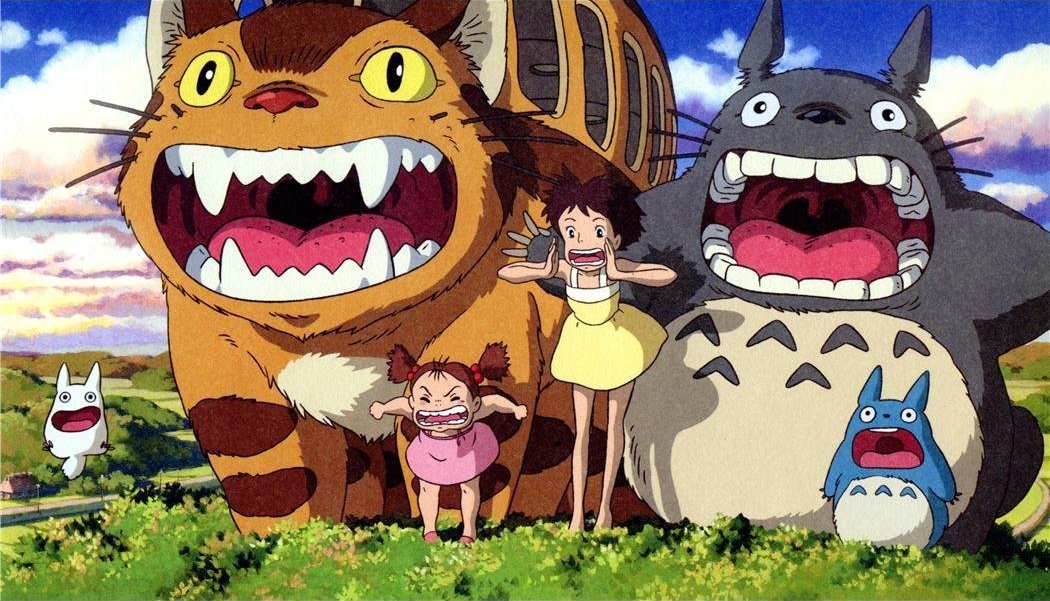
Anime Music Artists
Anime music, often referred to as “anison” (anime song), plays a significant role in enhancing the viewing experience. From opening themes to soundtracks, many artists gain fame through their contributions to anime music. Collaboration between animation teams and music artists adds emotional depth to scenes, making them memorable and impactful.
Top 10 Anime Music Artists
King Gnu
King Gnu is known for their contributions to anime like the opening for Jujutsu Kaisen‘s Shibuya Incident Arc and the movie Jujutsu Kaisen 0. Their unique style and emotive music have garnered them a growing fanbase.
CHiCO with HoneyWorks
Despite a temporary disbandment, CHiCO’s solo projects continue to gain traction. Famous for their work on Boruto, Haikyuu!!, and Rent A Girlfriend, their songs often top charts and receive millions of views online.
Tatsuya Kitani
A versatile artist, Tatsuya Kitani has worked on openings for Jujutsu Kaisen and Bleach: Thousand Year Blood War. His ability to blend different musical styles makes his work stand out.

Eve
Eve started with song covers on YouTube and has since become a well-known name in anime music. He is known for Jujutsu Kaisen‘s “Kaikai Kitan” and My Hero Academia‘s opening. His fanbase appreciates his unique voice and engaging melodies, which have made him a standout in the anime music scene.
Kenshi Yonezu
A multi-talented artist, Kenshi Yonezu is both a guitarist and vocalist. He gained international fame with My Hero Academia‘s “Peace Sign” and has also contributed to the Chainsaw Man opening. His music often resonates with listeners due to its emotional depth and relatable themes.
ASIAN KUNG-FU GENERATION
Active since 1996, ASIAN KUNG-FU GENERATION has inspired many artists with their distinctive style. They are known for their work on Naruto, Bleach, and Fullmetal Alchemist. Their song “Re: Re” from Erased is particularly iconic.
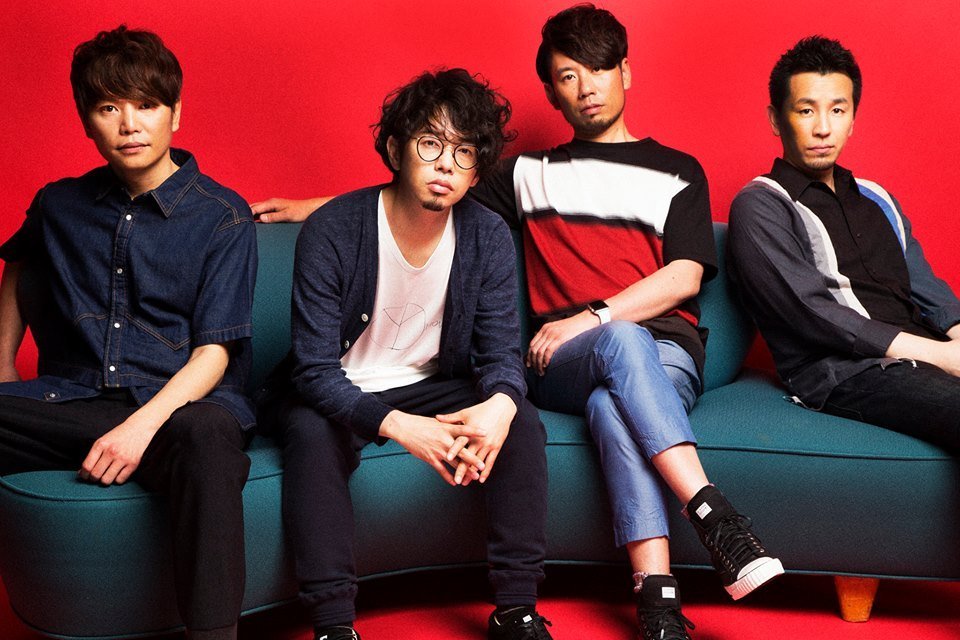
Kana-Boon
Formed in 2008, Kana-Boon is a popular rock band known for their contributions to Naruto Shippuden, Fire Force, and My Hero Academia. Their energetic performances and catchy songs have made them a favorite among anime fans.
SID
Gaining early international fame, SID is a band well-loved in Japan. They have worked on Fullmetal Alchemist: Brotherhood, The Seven Deadly Sins, and Bleach. Their timeless songs have a significant following on platforms like Spotify.
UVERworld
With a distinct style, UVERworld has sold over 3 million records and is loved globally. They are known for Blue Exorcist‘s “CORE PRIDE” and have contributed to The Promised Neverland, My Hero Academia, and Bleach. Their music is highly recognized among anime enthusiasts.
LiSA
Overcoming numerous hurdles, LiSA rose to fame with Angel Beats. She is especially popular for her work on Sword Art Online and Demon Slayer‘s “Homura.” LiSA is renowned for her talent and the acclaim she has received in the anime music industry.

The demand for anime music continues to grow, driving the need for talented artists. These musicians not only entertain but also gain global recognition for their contributions. The best anime music artists are respected and celebrated for their ability to enhance the emotional and narrative depth of anime.
TV Shows Inspired by Japanese Animation
Animesque Animation: A Cross-Cultural Fusion
Animesque animation, often referred to as anime-inspired, involves non-Japanese works that incorporate elements typical of Japanese anime. These elements include distinct visual styles, intricate storytelling, and dynamic character development. This genre spans TV shows, films, and web series, blending Eastern and Western animation techniques.
Definition and Characteristics
Animesque animation adopts various aspects of Japanese anime:
- Visual Style: Features such as large, expressive eyes, detailed backgrounds, and fluid action sequences.
- Narrative Complexity: Stories often involve fantasy, sci-fi, or adventure themes with deep character arcs.
- Character Development: Focuses on well-rounded characters experiencing significant personal growth.
Historical Context
The influence of Japanese anime on Western animation began in the 1960s and 70s with the introduction of series like “Astro Boy” and “Speed Racer.” The 1990s and 2000s saw further integration through home video and streaming services, solidifying anime’s role in inspiring Western animators.
Notable Examples
Avatar: The Last Airbender
This show is deeply inspired by anime through its detailed world-building, complex character arcs, and a unique art style that combines elements from both Western and Eastern animation traditions. The narrative depth and visual richness reflect a strong anime influence.
Teen Titans
Known for its anime-like visual style, Teen Titans features dynamic action scenes, exaggerated facial expressions, and intricate character designs. The series blends humor, drama, and intense battles, resonating with anime fans through its engaging storytelling.
The Boondocks
Utilizing anime aesthetics and storytelling techniques, The Boondocks addresses complex social and cultural issues. The show combines satirical humor with a distinctive animation style, offering a unique perspective on contemporary topics.
RWBY
Created by Rooster Teeth, RWBY is an American series heavily influenced by anime. It features vibrant character designs, elaborate fight choreography, and fantasy-driven plotlines, all of which are hallmarks of anime.
Voltron: Legendary Defender
This modern reboot of the classic series incorporates anime-style animation and themes. The show enhances its narrative with dramatic and emotional depth, paying homage to its anime origins while appealing to new audiences.

Samurai Jack
Showcasing a minimalist art style and epic storytelling, Samurai Jack is influenced by anime in its visual approach and narrative structure. The series focuses on the journey and battles of a time-displaced samurai, emphasizing visual storytelling over dialogue.
Cultural Impact
Animesque animation has broadened the global appreciation for Japanese culture. The success of anime-inspired series highlights the viability of cross-cultural collaborations, enriching the animation landscape.
Animesque animation represents a unique fusion of Eastern and Western traditions, offering compelling narratives and visual experiences that resonate worldwide. This evolving genre showcases the dynamic nature of cultural exchange in animation.
Anime’s Global Reach and Cultural Influence
Japanese Pop Culture in the United States
Japanese pop culture has profoundly influenced the United States, enriching its entertainment landscape with unique artistic styles, storytelling techniques, and thematic diversity. This cultural exchange spans several domains, including anime, manga, fashion, music, and more, showcasing the wide-reaching appeal of Japanese creativity and innovation.
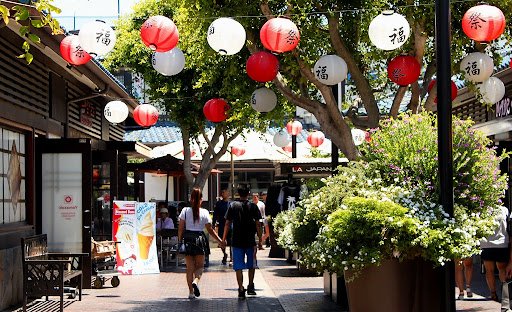
Overview
Japanese pop culture is celebrated in the U.S. for its artistic quality and imaginative content. The widespread acceptance is attributed to the universal human themes it explores, making it relatable and engaging for a diverse audience.
History
The introduction of Japanese pop culture to the U.S. happened in stages. Initially, Japanese cinema and martial arts captivated American audiences in the mid-20th century. Subsequent decades saw the rise of anime and video games, solidifying Japan’s cultural footprint in the United States.
Anime in the United States
Anime has transitioned from a niche interest to a mainstream phenomenon. Its influence is evident in American animation, with many shows adopting anime’s distinctive visual styles and complex narratives. The dedicated fan base, known as “otaku,” has grown substantially, driving the popularity of anime in the U.S.
Anime Fan-Culture
The anime fan community in the U.S. has developed a unique subculture, characterized by activities like fan-subbing (translating and subtitling anime), attending conventions, and engaging in cosplay. These activities foster a strong sense of identity and community among fans.
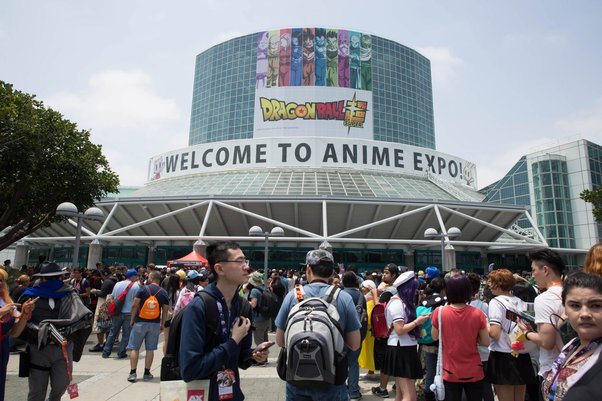
Anime Conventions
Anime conventions provide a platform for fans to celebrate Japanese culture. These events feature panels, merchandise, performances, and cosplay, attracting large crowds. Conventions like Anime Expo and Otakon are major annual gatherings, highlighting the widespread enthusiasm for anime.
Anime Influence and Sales
The popularity of anime has led to significant sales and influence within the U.S. entertainment industry. American shows often incorporate anime-inspired styles and themes, reflecting the genre’s substantial impact on Western media.
Fashion
Japanese street fashion, particularly styles like kawaii (cute) and cosplay, has influenced Western fashion trends. Elements such as Hello Kitty and the e-girl aesthetic have become popular in the U.S., showcasing the cross-cultural exchange in fashion.
Cosplay
Cosplay, or costume play, originated in Japan and has become a significant aspect of American fan culture. At conventions and events, fans dress as characters from anime, manga, and video games, demonstrating their appreciation and connection to Japanese pop culture.

Live-Action Film and Television
Japanese live-action genres, including samurai cinema and tokusatsu (special effects), have left their mark on American media. These genres have inspired various films and TV shows, contributing to the diversity of American entertainment.
Manga in the United States
Manga, the Japanese form of comic books and graphic novels, has gained popularity alongside anime. Its influence is seen in the stylistic and thematic evolution of American comics, broadening the appeal of graphic storytelling in the U.S.
Martial Arts
Japanese martial arts, such as karate and judo, have been integrated into American culture. They have been popularized through films, sports, and self-defense practices, illustrating the physical and philosophical appeal of these disciplines.
Music
Japanese music genres, ranging from J-pop (Japanese pop) to rock, have found a niche audience in the U.S. Artists from Japan have gained international recognition, influencing American pop music with their unique sound and style.
Video Games
Japanese video games have played a major role in shaping the American gaming industry. Iconic franchises from companies like Nintendo and Sega are household names, reflecting the deep impact of Japanese innovation in gaming.
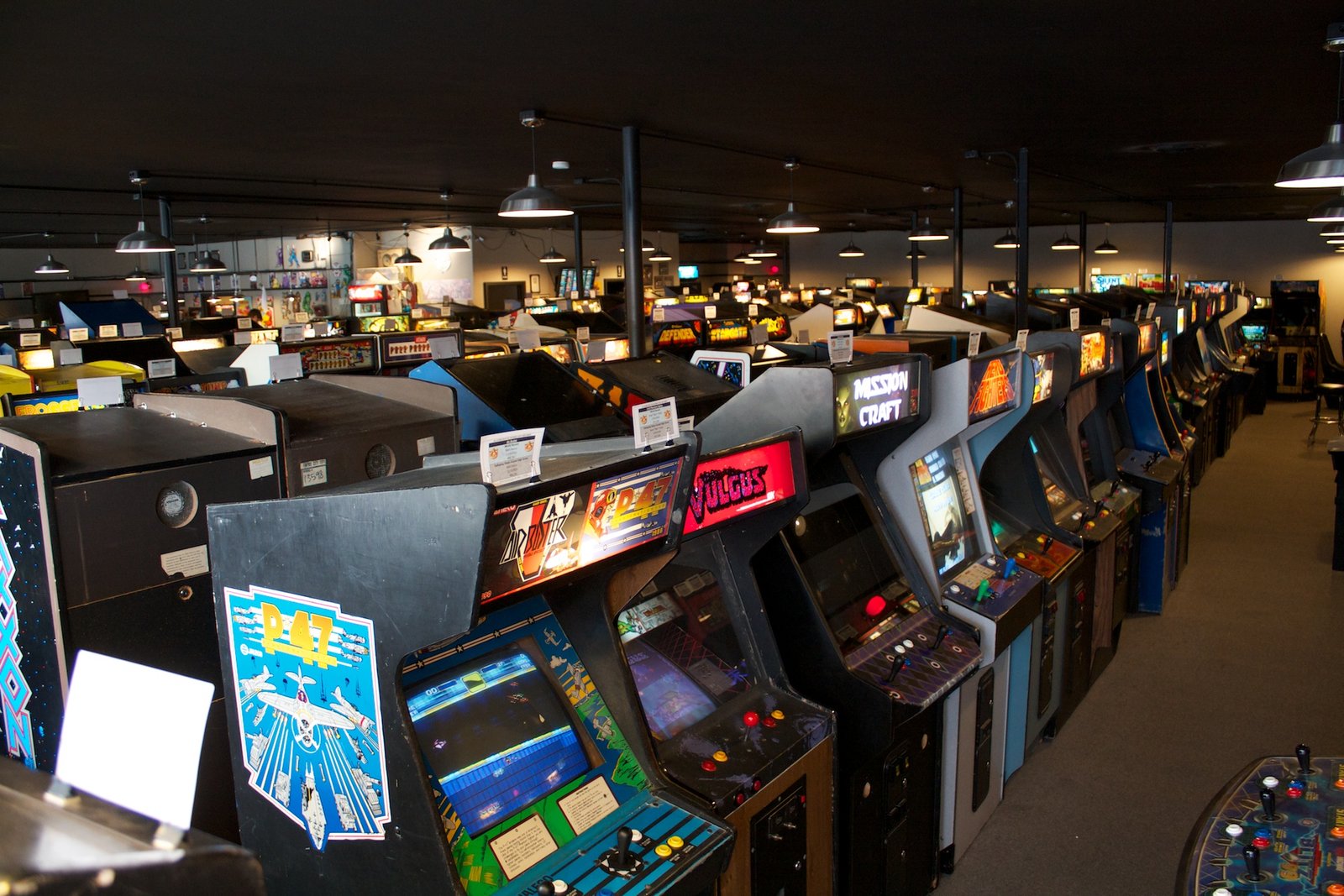
Japanese pop culture has significantly enriched American society, fostering a vibrant cultural exchange. The integration of Japanese artistic and storytelling elements into various aspects of American entertainment highlights the universal appeal and creative synergy between these two cultures. This ongoing exchange continues to shape and inspire the global pop culture landscape.
Anime in India
Anime has seen a tremendous rise in popularity in India, primarily due to the accessibility provided by streaming services such as Crunchyroll, Amazon Prime Video, and Netflix. These platforms have introduced a wide array of anime content, catering to a broad audience by offering regional language dubs and subtitles.
Growth and Market Impact
India’s growing market for anime is evident, with 83% of the animated content preference leaning towards anime. The market is projected to grow at a 13% CAGR from 2023 to 2028. Streaming platforms are a significant driver, with Crunchyroll expecting 60% of its growth to come from India alone. The increase in OTT viewership, which now includes nearly 500 million viewers, further highlights the massive potential.
Marketing and Cultural Integration
Marketers are increasingly recognizing the potential of the Indian anime fandom. By understanding regional preferences and effectively localizing content, brands across various sectors, including luxury and education, are tapping into this dynamic market. This has led to innovative collaborations and marketing strategies that leverage the appeal of anime to engage a younger, tech-savvy audience.
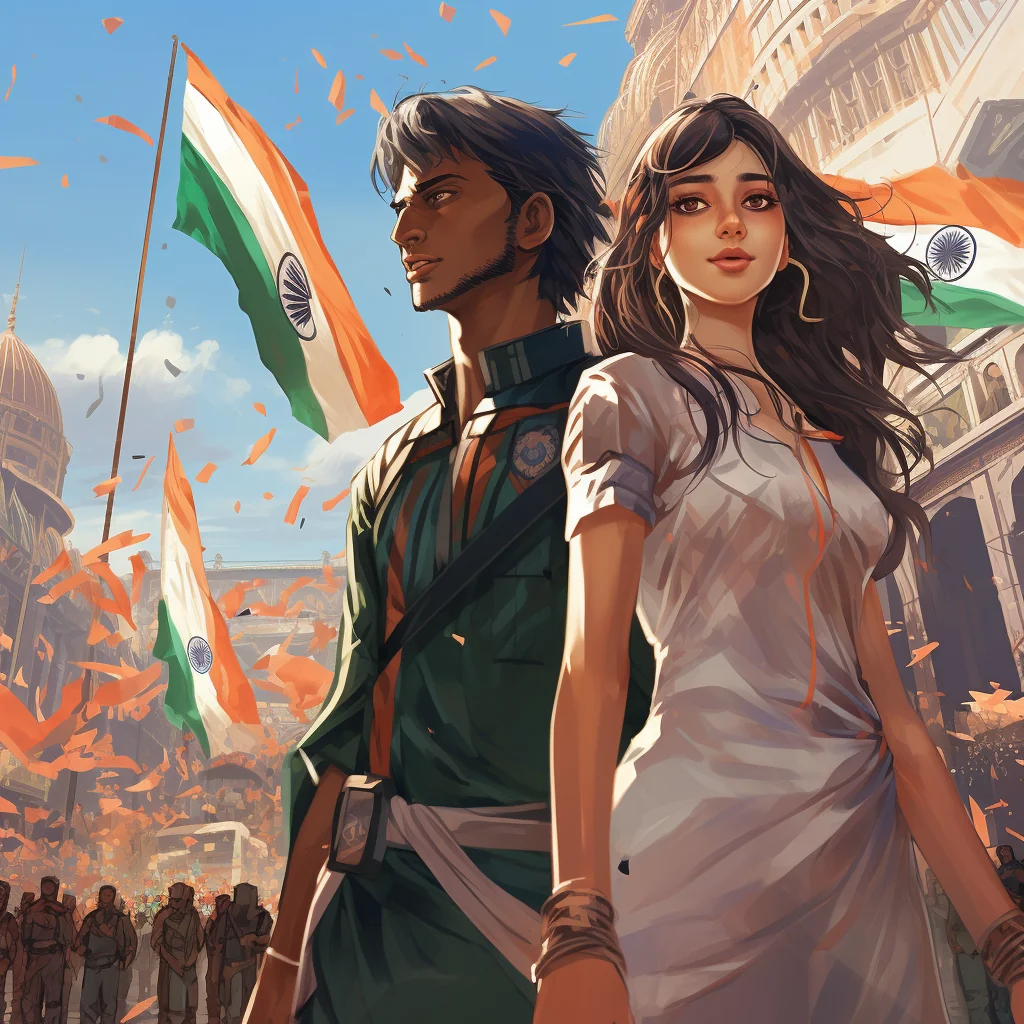
The rise of anime in India exemplifies the broader global reach and cultural influence of Japanese animation. Streaming platforms have not only facilitated this growth but have also fostered cultural exchange and market expansion. Anime’s integration into Indian pop culture underscores its universal appeal and enduring impact on global entertainment.
Anime’s Influence on Hip Hop
Anime has significantly influenced hip hop culture, inspiring artists like RZA, Kanye West, Robb Bank$, and Frank Ocean. Akira is cited as a major influence, with Kanye West paying homage to it in his “Stronger” music video. Lupe Fiasco’s album “Tetsuo & Youth” is named after a character from Akira. Dragon Ball Z is frequently referenced by rappers like Chance the Rapper, Big Sean, and Childish Gambino. Lil Uzi Vert and Megan Thee Stallion also incorporate anime into their style, music, and personal branding.
Hip Hop’s Influence on Anime
The internet has facilitated the incorporation of Western culture into anime. Notable hip-hop inspired anime includes Afro Samurai, Samurai Champloo, and Tokyo Tribes. Afro Samurai, for instance, features music by RZA of the Wu-Tang Clan, blending hip-hop with anime storytelling.
Anime Conventions: Celebrations of Japanese Pop Culture
Anime conventions are gatherings where fans of anime, manga, and Japanese pop culture come together to celebrate their interests. These events offer a variety of activities including panels, screenings, cosplay contests, and workshops. They provide a unique space for enthusiasts to engage with each other and with industry professionals.
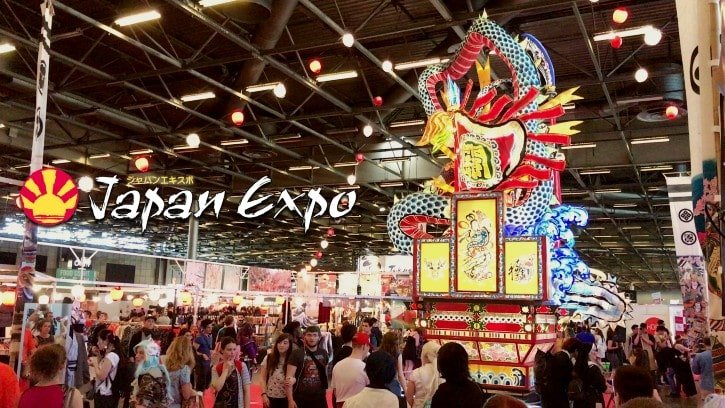
Some of the most notable anime conventions include:
- Anime Expo: Held in Los Angeles, it is one of the largest anime conventions in North America, known for its extensive programming and industry presence.
- Japan Expo: The largest Japanese culture and entertainment convention in Europe, held in Paris, featuring a wide range of activities from anime and manga to music and traditional arts.
- Otakon: Based in Washington, D.C., it is one of the largest anime conventions in the U.S., known for its diverse programming including panels, screenings, and cosplay.
- Comiket: The largest doujinshi (self-published works) fair in the world, held biannually in Tokyo, attracting creators and fans from around the globe.
- AnimeJapan: An annual event in Tokyo, showcasing new anime releases and providing a platform for industry announcements and collaborations.
These conventions not only highlight the growing global influence of Japanese pop culture but also foster a sense of community among fans. They offer an immersive experience that celebrates creativity, fandom, and the rich tapestry of Japanese entertainment.
Highest-Grossing Japanese Films: A Cinematic Triumph
Japanese cinema has produced some of the most successful and culturally impactful films globally, particularly in the realm of anime. This article delves into the highest-grossing Japanese films, focusing on their box office achievements and the factors contributing to their widespread popularity.

Overview
Japanese films generate significant revenue through various channels, but this article highlights box office earnings exclusively. It includes both anime and live-action films produced by Japanese studios, excluding international co-productions with Hollywood. The box office success of these films underscores their global appeal and the unique storytelling that resonates with audiences worldwide.
Top Films Worldwide
- Demon Slayer: Mugen Train: Grossed $507 million in 2020, becoming a global phenomenon due to its compelling narrative and stunning animation.
- Spirited Away: Directed by Hayao Miyazaki, this Studio Ghibli masterpiece earned $395 million in 2001 and remains one of the most beloved anime films.
- Your Name: Makoto Shinkai’s romantic fantasy grossed $382 million in 2016, captivating audiences with its emotional depth and visual beauty.
- Suzume: Released in 2022, this anime film garnered $323 million, showcasing the continued popularity of anime in global markets.
- The Boy and the Heron: A 2023 release that grossed $294 million, highlighting the enduring appeal of Studio Ghibli’s films.
- The First Slam Dunk: Grossed $279 million in 2022, this film is based on the popular manga series and resonated with sports and anime fans alike.
- One Piece Film: Red: Earned $246 million in 2022, capitalizing on the immense popularity of the One Piece franchise.
- Howl’s Moving Castle: Another Studio Ghibli classic, grossing $237 million since its release in 2004, known for its enchanting story and beautiful animation.
- Ponyo: Grossed $204 million in 2008, this Hayao Miyazaki film is a charming tale that appeals to both children and adults.
- Jujutsu Kaisen 0: Earned $196 million in 2021, based on the popular manga series, it continues to draw fans with its action-packed storyline.
- Weathering with You: Makoto Shinkai’s 2019 film grossed $193 million, praised for its stunning visuals and emotional narrative.
- Stand by Me Doraemon: This 2014 film grossed $183 million, offering a nostalgic yet fresh take on the beloved Doraemon series.
- Pokémon: The First Movie: Released in 1998, it grossed $172 million and became a significant part of the Pokémon franchise’s success.
- Princess Mononoke: Another Studio Ghibli film, earning $170 million since its 1997 release, known for its epic story and environmental themes.
- Bayside Shakedown 2: A live-action film that grossed $164 million in 2003, showcasing the versatility of Japanese cinema beyond anime.
Domestic Success
In Japan, the highest-grossing films also include many of the titles listed above, with “Demon Slayer: Mugen Train,” “Spirited Away,” and “Your Name” leading the way. These films have not only dominated the domestic box office but also left a significant cultural impact, influencing countless other works and gaining a dedicated fanbase.
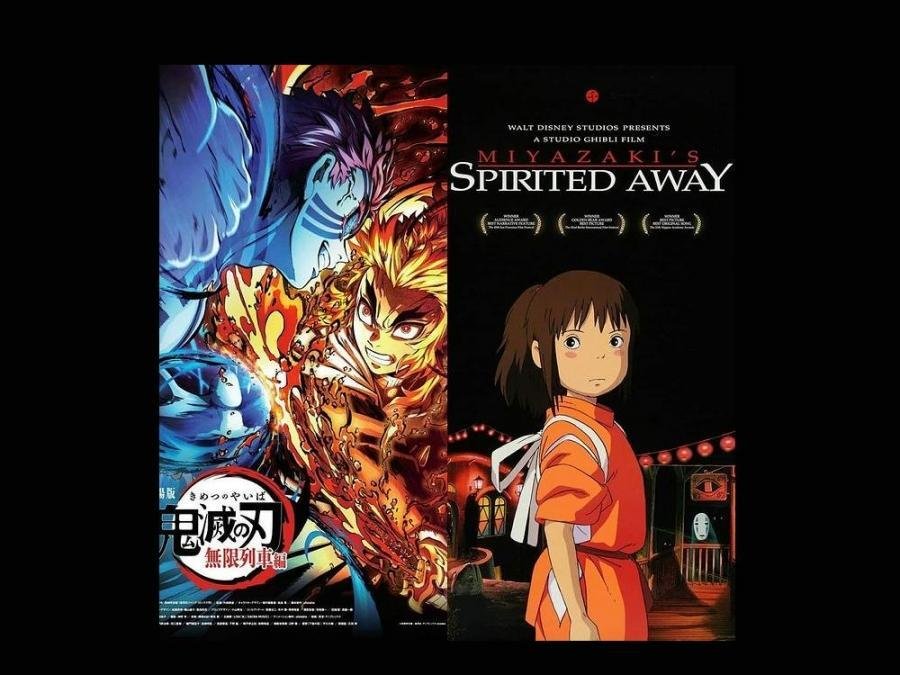
Factors Contributing to Success
The success of these films can be attributed to several factors:
- Compelling Storytelling: Japanese films, particularly anime, are known for their deep, engaging narratives that resonate with audiences emotionally.
- Stunning Visuals: High-quality animation and innovative visual techniques make these films visually captivating.
- Cultural Appeal: Many Japanese films explore universal themes and cultural narratives that appeal to a wide range of audiences.
- Strong Franchises: Series like Pokémon, One Piece, and Dragon Ball have established strong, loyal fanbases that drive box office success.
The impressive box office performance of these Japanese films highlights the global appeal and cultural significance of Japanese cinema. These films have not only achieved commercial success but also left a lasting impact on the entertainment industry, showcasing the creativity and storytelling prowess of Japanese filmmakers.
Anime Directors
Anime directors are often revered for their unique visions and contributions to the medium. Their work not only defines the aesthetic and narrative style of their projects but also influences the industry at large. Notable directors include:
- Hayao Miyazaki: Co-founder of Studio Ghibli, known for classics like My Neighbor Totoro and Spirited Away.
- Mamoru Hosoda: Director of The Girl Who Leapt Through Time and Summer Wars.
- Makoto Shinkai: Known for Your Name and Weathering with You.

Main Production Studios
Production studios play a crucial role in bringing anime to life. These studios are responsible for the animation, production, and distribution of anime series and films. Some of the most influential studios include:
- Studio Ghibli: Renowned for its high-quality films and storytelling.
- Toei Animation: Known for popular series like Dragon Ball and One Piece.
- Madhouse: Responsible for Death Note and One Punch Man.
- Bones: Known for Fullmetal Alchemist and My Hero Academia.
- Ufotable: Famous for Demon Slayer and the Fate series.
Voice Acting or Seiyū
Voice acting in Japan, or “seiyū,” plays a vital role in the entertainment industry, encompassing anime, video games, and dubbing foreign media. The profession has a rich history and significant cultural impact, with voice actors often achieving idol status.
Definition and Role
Voice actors in Japan provide voices for characters and narrate various media, including anime, video games, audio dramas, live-action shows, and commercials. The term “seiyū” became widely accepted in the 1970s, reflecting the profession’s growing prominence.
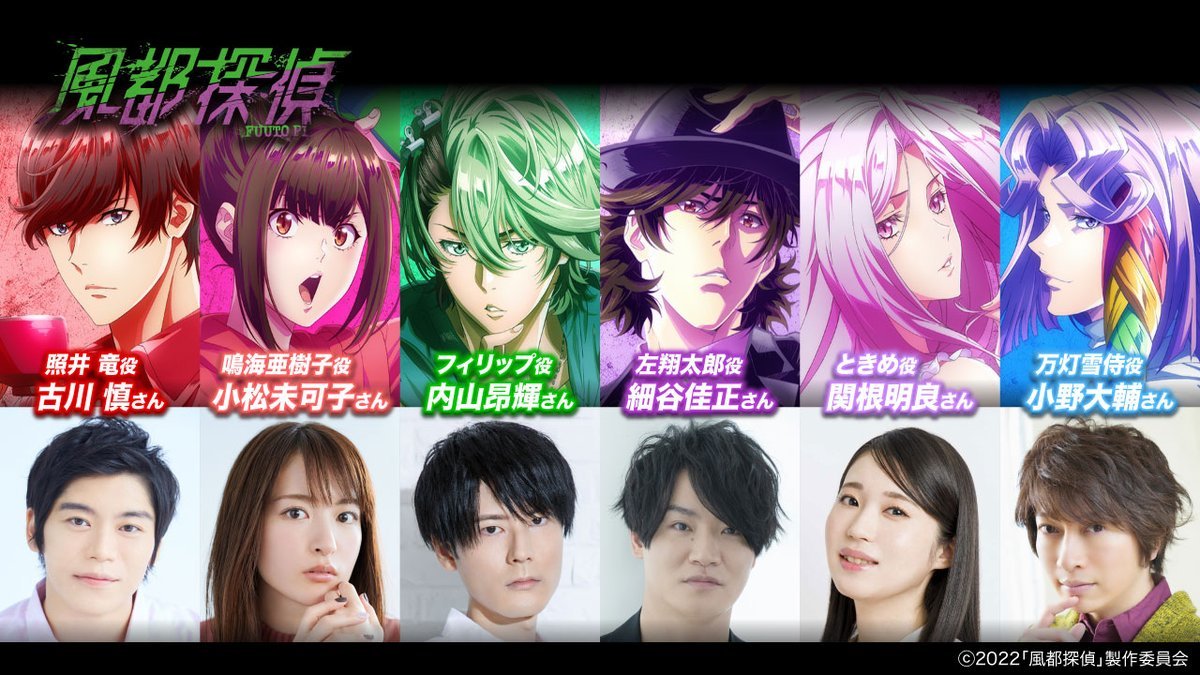
History
Early History
Voice acting in Japan dates back to the silent film era, where narrators known as “benshi” filled in dialogue and story elements. The advent of radio in 1925 saw the first formal voice actors, initially called “radio actors.”
Radio Drama Era
In the 1940s, NHK’s training programs for radio drama actors established a foundation for the voice acting profession. The Tokyo Broadcasting Drama Troupe became a pivotal institution for training voice actors.
1950s: First Voice Actor Boom
The 1950s saw a surge in radio dramas and the dubbing of foreign films, creating numerous opportunities for voice actors. This period marked the start of voice acting as a recognized profession in Japan.
1960s
The 1960s introduced the “Gosha Agreement,” limiting the supply of Japanese movies for TV and increasing the demand for foreign shows, which required dubbing. This era saw a rise in professional voice actors, with dubbing becoming a standard practice.
1970s: Second Voice Actor Boom
The late 1970s experienced another boom, driven by the popularity of anime and the emergence of voice actors as idols. Anime magazines began featuring voice actors, further elevating their status.
1980s
The 1980s saw voice actors form singing groups and release albums, expanding their influence beyond traditional voice acting roles. This era solidified the idol-like status of many voice actors.
1990s
The 1990s brought new avenues for voice actors through radio shows, OVA (Original Video Animation), and the internet. Dedicated voice acting magazines emerged, and the profession gained more visibility and popularity.
2000–Present: Idol and Real-Life Crossovers
In recent years, voice actors have increasingly crossed over with the idol industry, appearing in multimedia projects and live performances. The term “2.5D” describes actors portraying their characters in real life, blending anime with reality.
Voice acting in Japan has evolved into a prestigious and multifaceted profession, deeply intertwined with the country’s pop culture. The influence of seiyū extends beyond traditional media, shaping trends and inspiring new forms of entertainment. As the industry continues to grow, voice actors remain central to the dynamic landscape of Japanese popular culture.
Some notable seiyū include:
- Kana Hanazawa: Known for her roles in Steins;Gate and Tokyo Ghoul, her voice brings a unique charm and depth to her characters, making her a favorite among fans.
- Mamoru Miyano: Famous for Death Note and Steins;Gate, his versatile voice acting has made him one of the most recognized seiyū in the industry.
- Yuki Kaji: Known for voicing Eren Yeager in Attack on Titan, his powerful performances have left a lasting impact on anime audiences.
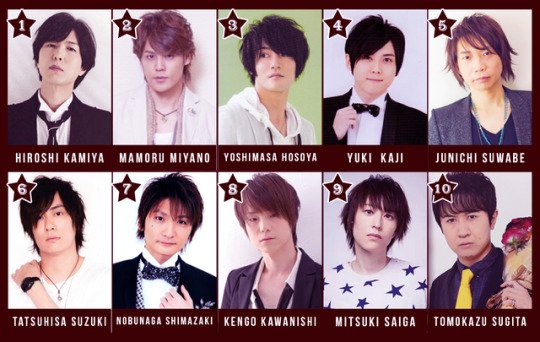
Anime Music Composers
Composers create the musical scores that enhance the emotional and dramatic moments in anime. Their work is essential in setting the tone and atmosphere. Notable composers include:
- Joe Hisaishi: Known for his work with Studio Ghibli, his music adds a magical and timeless quality to films like Spirited Away and My Neighbor Totoro.
- Yoko Kanno: Famous for Cowboy Bebop and Ghost in the Shell, her eclectic compositions blend various genres, creating unforgettable soundtracks.
- Hiroyuki Sawano: Known for Attack on Titan and Kill la Kill, his dynamic and epic scores enhance the intensity and emotion of the series he works on.
Anime Adaptations and Influence
From Manga to Anime
Many popular anime series are adaptations of manga. This process involves transforming the static images and narrative of the manga into dynamic, animated sequences, often expanding on the original story. Successful adaptations like Naruto and One Piece have maintained the essence of their source material while reaching a broader audience through animation.
Success Stories and Notable Adaptations
Anime adaptations often become successful franchises, spawning merchandise, spin-offs, and live-action films. Notable adaptations include:
- Fullmetal Alchemist: Brotherhood: Praised for its faithful adaptation of the manga.
- Neon Genesis Evangelion: A series that has influenced the mecha genre and anime storytelling.
- Demon Slayer: Kimetsu no Yaiba: Known for its stunning animation and emotional depth, it has become a modern classic.

Top Classic Anime
Iconic Series
Classic anime series have paved the way for modern productions, leaving a lasting legacy. These series are celebrated for their groundbreaking storytelling, memorable characters, and cultural impact.
Influence on the Industry
Classics like Dragon Ball, Sailor Moon, and Akira have set standards in animation quality, narrative complexity, and global reach. Their success has inspired countless creators and continues to influence new generations of anime.
Best Modern Anime
Highlight of Recent Popular Series
Modern anime continues to push the boundaries of storytelling and animation. Recent hits like Attack on Titan, My Hero Academia, and Jujutsu Kaisen showcase the diversity and creativity of contemporary anime.
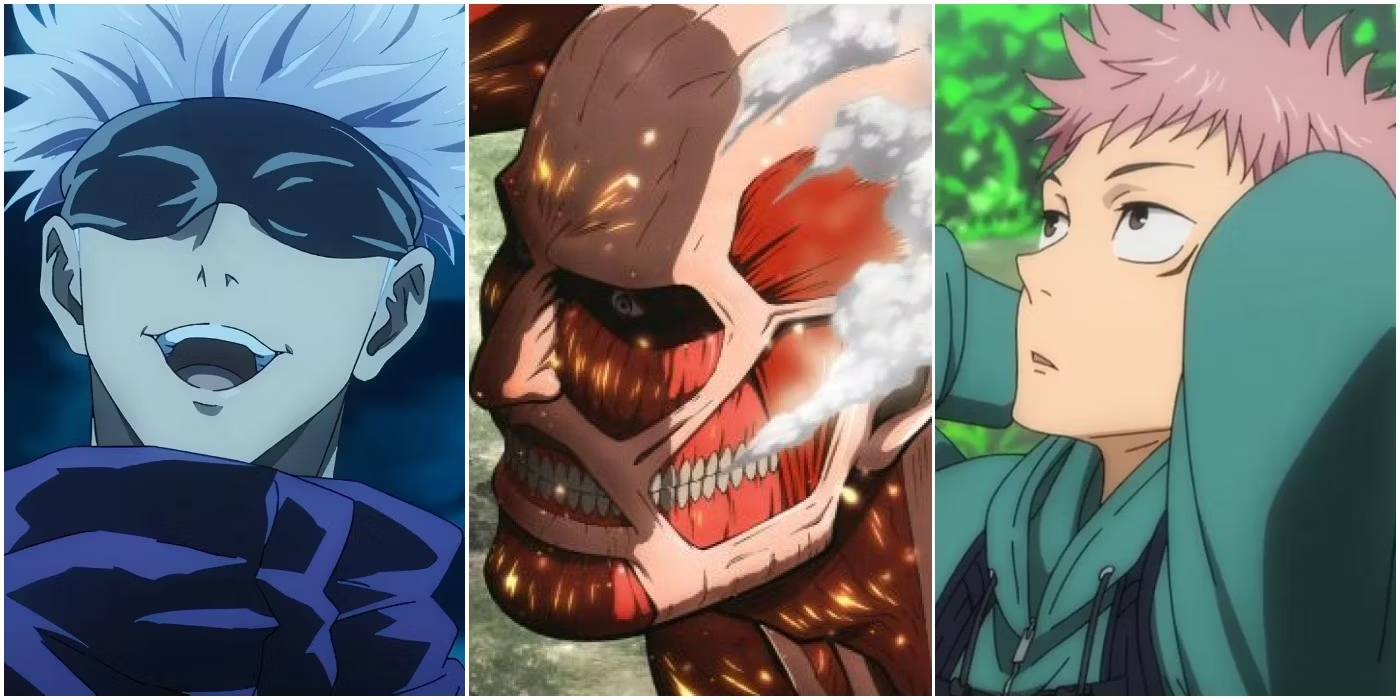
Awards and Achievements
These modern series have received numerous accolades, including prestigious awards and recognitions, solidifying their place in the anime canon. Their success is a testament to the evolving landscape of anime and its increasing global appeal.
Underrated Gems
Lesser-Known Series Worth Watching
While some anime gain massive popularity, others remain hidden gems. Series like Monster and Ping Pong the Animation offer compelling narratives and unique art styles, deserving of more attention from anime enthusiasts.
Cult Favorites
Cult favorites like FLCL and Paranoia Agent have garnered dedicated fanbases despite not achieving mainstream success. Their innovative storytelling and distinct visual styles make them stand out in the anime landscape.
Anime Awards and Achievements
Prestigious Awards and Recognitions
Anime series and films often receive prestigious awards, recognizing their artistic and narrative excellence. Awards like the Japan Academy Prize and the Crunchyroll Anime Awards highlight outstanding achievements in the industry.
Notable Achievements in the Industry
Notable achievements include Studio Ghibli’s Spirited Away winning an Academy Award and Demon Slayer: Mugen Train becoming the highest-grossing anime film worldwide. These milestones underscore the global impact and artistic merit of anime.

Lexicon of Anime Expressions
Anime and manga culture is rich with unique terms and concepts that may be unfamiliar to newcomers. Understanding these terms is crucial for navigating and appreciating the vast world of anime. Here are some of the most important expressions explained:
Hentai: This term refers to pornographic anime or manga. It is often characterized by explicit sexual content and is targeted at adults.
Ecchi: Slightly less explicit than hentai, ecchi refers to anime and manga with sexual themes and fan service, typically rated for mature audiences.
Moe: A Japanese slang term that refers to the strong affection towards certain fictional characters, usually because of their innocence and cuteness.
Isekai: A genre where characters are transported from their world into a different one, often filled with fantasy elements.
Shōnen: Targeted at a young male audience, this genre features high action, adventure, and growth arcs, with popular titles like “Naruto” and “One Piece.”
Shōjo: Aimed at young female readers, shōjo focuses on romance, personal growth, and emotional relationships, often with a touch of fantasy or drama.
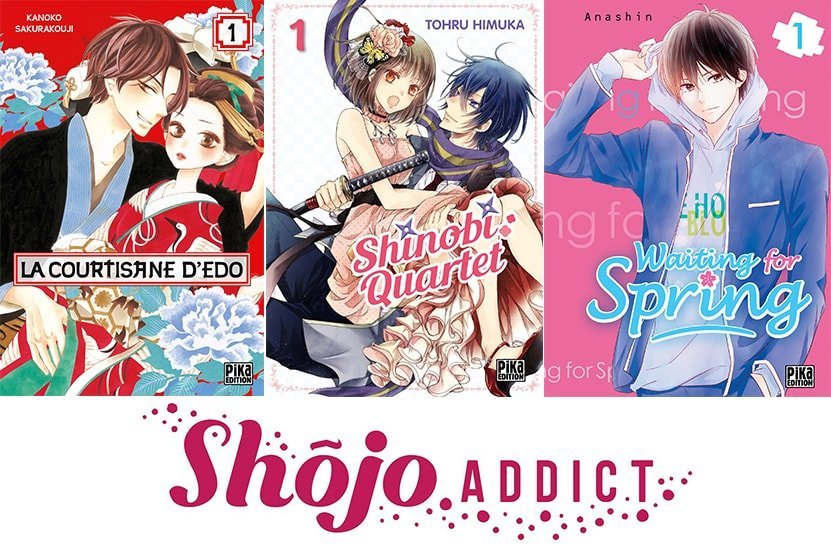
Seinen: Meant for adult men, this genre features more mature and complex storylines, often with darker themes and intricate characters.
Josei: Similar to seinen but aimed at adult women, josei explores realistic romantic and daily life scenarios with a mature approach.
Yuri and Yaoi: These genres focus on romantic relationships between women (yuri) and men (yaoi), respectively. They often explore themes of love and identity.
Tsundere: A character archetype that describes someone who is initially cold and hostile towards another person before gradually showing a warmer, friendlier side over time.
Kawaii: The Japanese word for “cute,” which has become a significant cultural concept, emphasizing cuteness in fashion, behavior, and design.
Chibi: This refers to the art style where characters are drawn in a very small, cute, and exaggerated way, often used for comedic effect.
Mecha: This genre centers around giant robots or machines, piloted by humans or autonomous, commonly seen in series like “Gundam” and “Evangelion.”
Harem: A genre involving a single character (usually male) who is surrounded by multiple love interests. Reverse harems, where a female protagonist has multiple male suitors, also exist.
Magical Girl: A genre featuring young girls who use magic, often with transformative powers and a quest to fight evil, popularized by series like “Sailor Moon.”
Fan Service: Elements included in anime and manga to please the audience, often involving suggestive content, attractive characters, and sometimes breaking the fourth wall.
Lolicon and Shotacon: These terms refer to the sexual attraction to young, typically prepubescent, characters in anime and manga (female and male, respectively). They are controversial and often heavily debated topics within and outside the community.
Otaku: Originally a derogatory term in Japan for someone with obsessive interests, it has been embraced by fans outside Japan to describe enthusiasts of anime and manga culture.

Cosplay: Short for “costume play,” it involves dressing up as characters from anime, manga, video games, and other media, often seen at conventions and fan events.
Dōjinshi: Self-published works, often manga, created by fans or amateur artists. They can be original stories or fan fiction based on existing series.
Seiyū: Voice actors in Japan, who often become celebrities due to their work in anime, games, and radio shows.
Plamo: Short for “plastic model,” referring to model kits, particularly those of mecha or robots, which fans build and customize.
Tankōbon: A standalone volume of manga, typically a collection of chapters previously serialized in magazines.
Filler: Episodes or arcs in anime that do not directly follow the source manga’s plot, often used to give the manga time to advance.
Super Deformed (SD): A chibi-like art style that exaggerates characters in a humorous and cute way, often used for parody or comic relief.
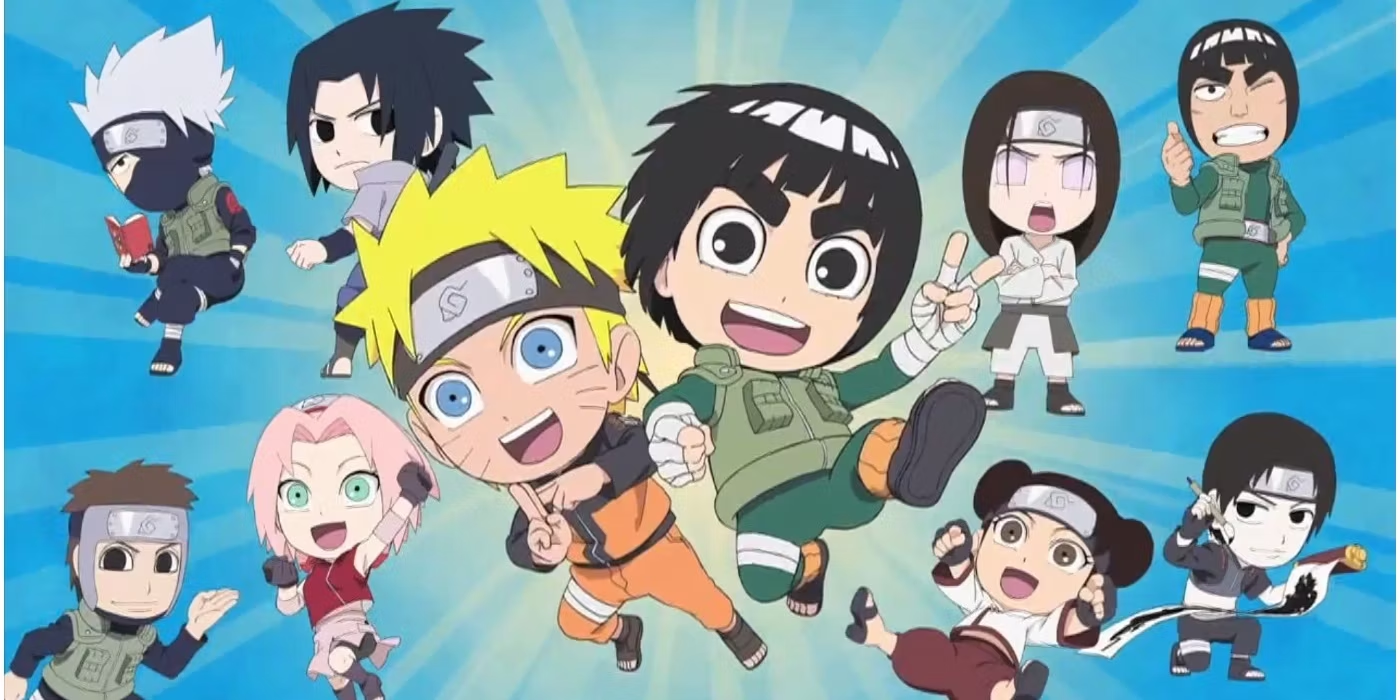
Ahegao: An exaggerated facial expression of characters experiencing overwhelming pleasure, often seen in adult-themed anime and manga.
Ahoge: A single strand of hair that sticks out from a character’s head, often used to denote a quirky or airheaded personality.
Anthropomorphisme Moe: The attribution of human traits, emotions, or intentions to non-human entities, often in a cute and endearing manner.
Ansatsuken: A term referring to a martial art style focused on assassination techniques, commonly featured in action-oriented anime and manga.
Bishōjo: Refers to beautiful young girls, often used to describe characters in anime and manga who are designed to be attractive and appealing.
Bishōnen: Refers to beautiful young boys, often characterized by their androgynous beauty and charm.
Comiket: Short for Comic Market, a massive biannual event in Japan where fans buy and sell self-published works, or dōjinshi.
Dōjin: Self-published works by amateur creators, often in the form of manga, novels, or games.
Danmei: A genre of Chinese fiction focusing on romantic relationships between men, similar to yaoi.
Ero Guro: A genre combining elements of eroticism and grotesque, often exploring disturbing and taboo subjects.
Esu: Short for “s” in “S&M” (sadomasochism), referring to themes of bondage and discipline in anime and manga.
Eyecatch: A short animation or image used as a transition to and from commercial breaks in anime episodes.
Fudanshi: A male fan of yaoi (boys’ love) manga and anime.
Fujoshi: A female fan of yaoi (boys’ love) manga and anime.
Futanari: A genre featuring characters with both male and female sexual characteristics.
Gaiden: A side story or spin-off from the main plot of a series.
Gekiga: A more serious and mature form of manga, often focusing on dramatic and realistic themes.
Harem: A genre where one character is surrounded by multiple love interests, often resulting in comedic and romantic scenarios.

Henshin: The act of transformation, commonly seen in magical girl and superhero anime where characters change into their alter egos.
Heta-uma: Literally “bad-good,” referring to artwork that appears technically poor but is artistically expressive and compelling.
Iyashikei: A genre focused on healing and soothing themes, often depicting peaceful and heartwarming stories.
Jidai Mono: Historical dramas, often set in periods such as the Edo era, featuring samurai, ninjas, and other historical figures.
Kashihon: Lending libraries or bookstores that rent out books, including manga.
Kemono: Anthropomorphic animals with human traits, commonly featured in fantasy and furry genres.
Kemonomimi: Characters with animal ears and often other animal traits, blending human and animal characteristics.
Kigurumi: A form of cosplay where performers wear full-body animal or character costumes.
Kishōtenketsu: A four-part narrative structure used in Japanese storytelling, including introduction, development, twist, and conclusion.
Kodomo: Manga and anime aimed at young children, focusing on simple stories and educational themes.
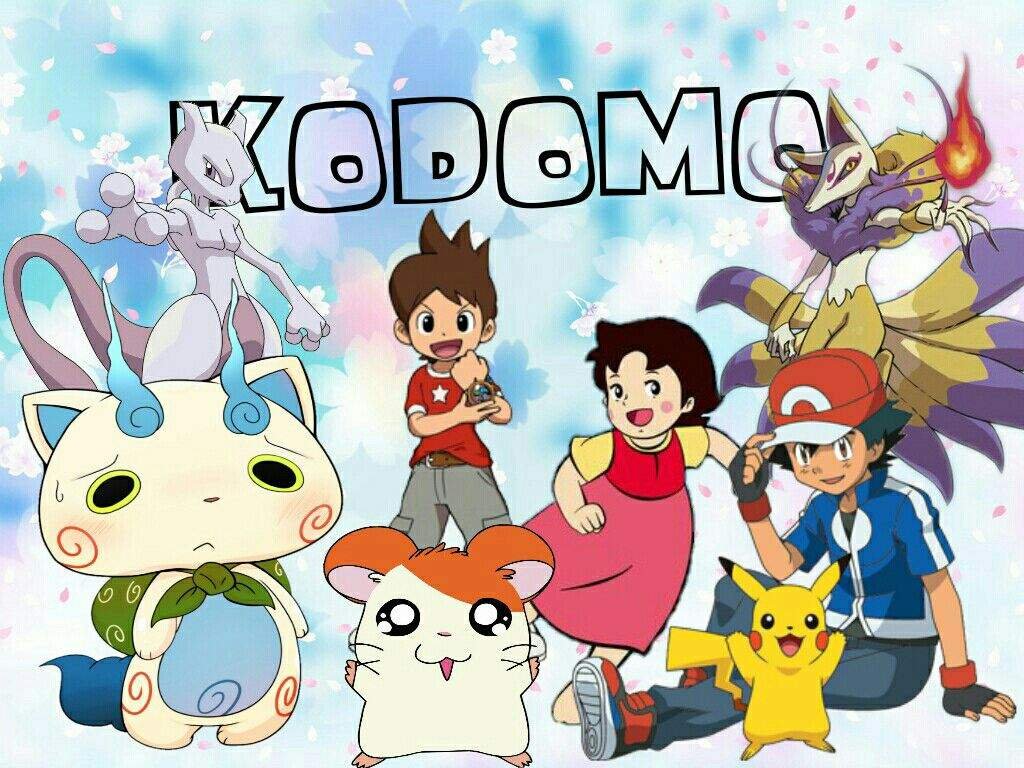
Kowaï: Japanese term for something scary or frightening, often used in horror genres.
Lemon: Adult-themed fan fiction, often explicit in nature.
Lolicon: Attraction to young or young-looking female characters, often a controversial topic in anime and manga.
Manga Café: A type of café in Japan where patrons can read manga, use the internet, and often stay overnight.
Manhuajia: Chinese manga artists, reflecting the growing influence of manga-style art
Conclusion
Anime, with its rich history and diverse genres, continues to captivate audiences worldwide. From classic series to modern masterpieces, anime offers a unique blend of storytelling, artistry, and cultural depth. Whether you’re a long-time fan or a newcomer, the world of anime has something for everyone to explore and enjoy.
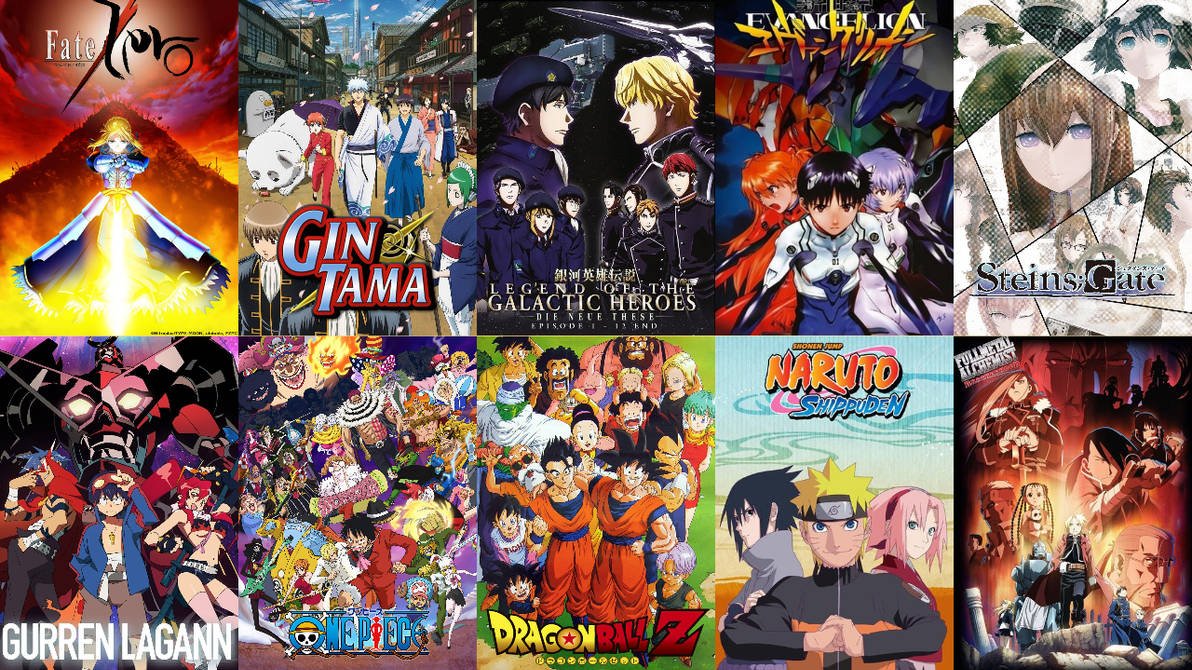
Best Anime
No posts found.